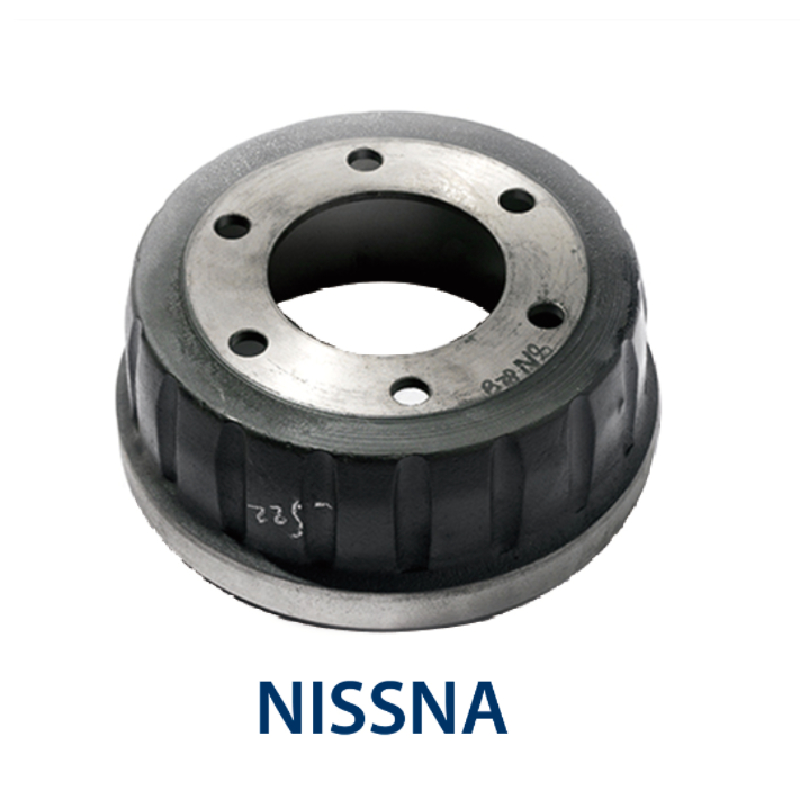Июл . 27, 2024 03:27 Back to list
When Should You Consider Replacing Your Vehicle's Brake Drums for Optimal Safety and Performance
How Often to Replace Brake Drums A Comprehensive Guide
Brake drums are an essential component of a vehicle’s braking system, especially in older cars and certain heavy-duty vehicles. Understanding when to replace them is crucial for vehicle safety and performance. While brake pads are more frequently discussed, the longevity and maintenance of brake drums are equally important.
Understanding Brake Drums
Brake drums function in conjunction with brake shoes to create friction that slows down or stops the vehicle. They work by leveraging the centrifugal force generated when the vehicle is in motion. When you press the brake pedal, hydraulic pressure pushes the brake shoes outward against the inner surface of the drum, generating the necessary friction to slow down the car.
Signs That Brake Drums Need Replacement
1. Thickness Measurement Brake drums must maintain a certain thickness to function effectively. Regularly inspect them for wear; if they are below the manufacturer's specified minimum thickness, it's time for a replacement.
2. Vibration During Braking Feeling vibrations or pulsations in the brake pedal when you apply the brakes can indicate warped or damaged brake drums. This can lead to uneven wear on your brake shoes and reduced braking efficiency.
3. Noise Unusual noises, such as grinding or squeaking, when braking can also signal that the brake drums are wearing out. If the brake shoes have worn down too much, they may be making contact with the drum itself, causing noise and potentially damaging the drums further.
4. Brake Dust Excessive brake dust can be a symptom of worn drums. This dust is typically produced by the friction between the brake shoes and the drum during braking. If you notice more dust than usual, it could mean your drums are deteriorating.
how often to replace brake drums

Recommended Replacement Intervals
Generally, brake drums can last anywhere from 30,000 to 70,000 miles, depending on driving conditions, vehicle type, and individual driving habits. However, factors such as frequent stop-and-go driving, heavy loads, or aggressive driving can significantly reduce their lifespan.
It is advisable to check your brake drums at least once a year, or more often if you notice any of the symptoms mentioned above. During regular maintenance, your mechanic should inspect both the drums and shoes to determine their condition.
Maintenance Tips
1. Regular Inspections Have your brake system inspected regularly, especially if you drive in conditions that are tough on brakes, such as mountainous terrain or heavy traffic.
2. Brake Fluid Check Make sure to check your brake fluid levels as well. Contaminated or insufficient brake fluid can cause damage to the brake system over time.
3. Quality Parts If you need to replace your brake drums, opt for quality OEM (Original Equipment Manufacturer) parts for better reliability and performance.
Conclusion
Knowing when to replace brake drums is vital for safe driving. Keeping an eye on any warning signs, sticking to a maintenance schedule, and addressing issues promptly will help ensure that your vehicle's braking system remains responsive and effective. By investing in the upkeep of your brake drums, you enhance not just your vehicle’s performance but also your safety on the road. Remember, when it comes to brakes, it’s always better to be proactive than reactive.
-
High-Quality Brake Drum Liza for Reliable Performance Drum Brake Drum & Brake Shoe Solutions
NewsJul.06,2025
-
High-Quality Brake Drum MAZ – Durable Drum Brake Drum & Brake Drum and Brake Shoe Solutions
NewsJul.05,2025
-
High-Quality Brake Drum Iveco - Durable Drum Brake Drum & Brake Shoe Solutions
NewsJul.05,2025
-
High-Quality Brake Drum MAZ – Durable Drum Brake Drum & Brake Drum and Brake Shoe Solutions
NewsJul.04,2025
-
Brake Drum Man - High-Quality Drum Brake Drums & Brake Shoes for Reliable Performance
NewsJun.24,2025
-
High-Quality Brake Drum Kamaz – Durable Drum Brake Drum & Brake Shoe Replacement
NewsJun.10,2025
